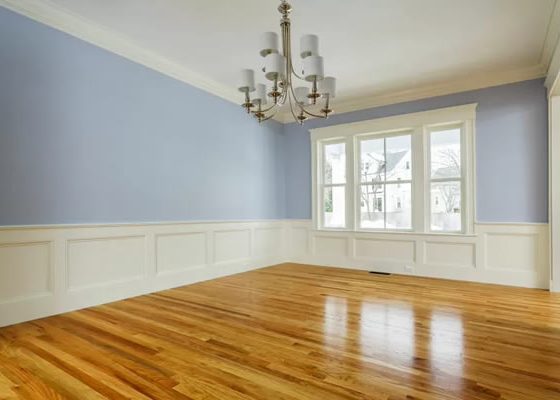Knowing the top five ways to save money during home improvements could give you significant savings on your next home renovation.
Top Five Money Saving Ideas
While there are many ways of saving money on a renovation project, these top five ways to save money during home improvements are sure to provide significant savings for you.
1. Look for Remnants and Odd Lots
Remnants, odd lots and discontinued items can offer significant savings for any homeowner. A remnant or odd lot is the left over or returned material from a previous job. Companies need to move this material, even at cost so you can benefit from the savings.
Ask at any tile, plumbing or home improvement show room to see any remnants or odd lots available. Depending on the store you may find:
- Bathtubs, toilets and high end plumbing fixtures
- Pieces of left over marble or granite slabs for counters big enough for bathrooms, islands and bar tops
- Special order tile such as glass mosaic sheets or stone patterns
- Cans of paint mixed incorrectly for someone else
Make sure if you purchase odd lot material that you buy enough to complete the job, since once this material is gone, you usually won’t be able to find any more of it.
2. Do Your Own Tear Outs
When you’re remodeling a kitchen, bathroom or other area of the home where removal of fixtures and old floor and wall coverings is required, you can save hundreds of dollars by doing this step yourself.
- When you pay a contractor to do the tear out for you, you are not only paying for his time, you’ll be paying extra for disposal fees, and potentially making it more difficult for a busy contractor to fit you into his schedule.
- Make sure you tackle tear outs safely, wearing eye and hand protection where needed, covering nearby surfaces with drop cloths and turning off water supplies to the kitchen or bathroom.
- Get yourself a sledgehammer, rent a dumpster for a weekend and pull everything out down to the studs.
- Most wall and floor backerboard for tile and other items will be replaced along with the surface covering, so don’t worry about going too far.
3. Do It Right the First Time
It’s very tempting to hire the cheapest contractor on the block, or to purchase goods that aren’t the highest in quality to try and save some money. Frequently this strategy can backfire, leaving you with a job that ends up costing twice as much as you bargained for. Why? Some products such as paper faced glass tiles, ungauged slate, concrete countertops or electric in-floor heating require specialty installation. Hiring a contractor that has never worked with these materials can mean a botched job that needs to be done twice, including the purchase of more material.
- Quiz installers before purchasing material or before hire to make sure you have the right person for the job.
- Purchase the highest quality materials with the best warranty you can afford for the job to avoid having to replace a cheap product a short ways down the road for twice the cost.
4. Stick to the Plan
Draw up a plan of how you want the finished product to look and stick with it. Too often, homeowners find themselves upgrading small things along the way that turn into big price tags at the end of the project.
To avoid this, go over everything with a fine toothed comb. Frequently, overlooked items to include from the start include:
- New door knobs and cabinet hardware
- Sconces and light fixtures
- Soap dispensers or instant hot water heaters
- Towel rails and holders
- Baseboards and trim
Try to think of everything, write it down and budget for it in the beginning. You’ll be much less likely to splurge on the fancy extras if you know everything you originally wanted has been accounted for.
5. Open Communication
Effective communication at every step and asking for exactly what it is you want is the most effective way for you to achieve your home improvement project goals on a budget. Too often, miscommunication results in higher price tags than you may wish to spend.
- Don’t be afraid to speak up to your contractor or home improvement sales people and designers.
- If you’re on a budget, speak up and let everyone involved know what it is. Most sales people and contractors are not out to cheat you; if you don’t let them know you’re on a budget they have no way of knowing how expensive an item to show you.
- Get everything in writing from tile quotes to the final contract with your installers and go over it with them. Point out anything that seems too high and see what you can do to get it in under budget. With everything in writing, you’ll also be able to shop around for the best price knowing that you’re comparing apples to apples.
- Consult the plan and the written quotes at every step. Be prepared to hold your installers to the signed contract if it looks like they’re going to run over time or over budget.
Home Improvement on a Budget
By following these tips, you can make progress toward creating the home that you want without overspending. Being mindful of costs, and the best ways to keep expenses under control, will help you accomplsih your home improvement goals in an affordable way.













